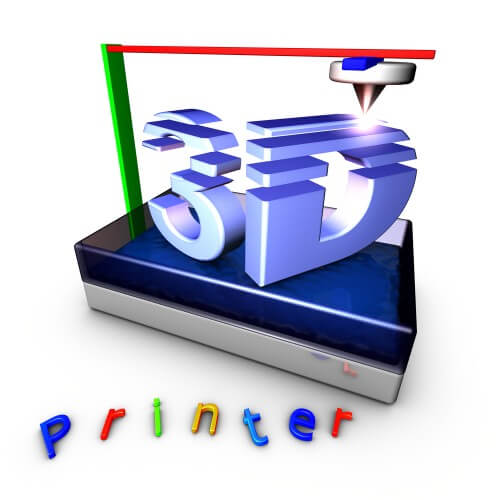In the not too distant future, the production business will need the skills, character and way of working of a good film crew.

I like dictionaries. I like to sit and read them, to immerse myself in the words that make up the stories of each of us. This is how I first discovered the original meaning of the word "manufacture".
According to the Oxford English Dictionary, the main definition of the word, from the 17th century, is "the act or process of making by hand". Another definition from the same period is "work with the hands; Manual occupation, craft".
These original meanings have become almost completely obsolete. Since the industrial revolution, we associate the word "production" with mechanized, centralized and large-scale production of materials and products. However, in the near future, every person will be able to go back and produce things at home - with their hands, taking advantage of new ways of using mechanical power and the power of the mind. XNUMXD printing is about to return production to its roots.
When I first saw a XNUMXD printer in action, somewhere in the nineties, I was mesmerized. The milling processes of traditional production are subtractive - cutting, chipping, grinding and polishing - but XNUMXD printing is additive, building layer upon layer. When I came across a method for repairing a baby's cleft palate using XNUMXD printing, it took my breath away. Traditional surgical methods are invasive and painful, almost to the point of cruelty, but soon the new technique will ensure that every child has the right to smile.
Applications for XNUMXD printing have popped up everywhere. They include the creation of missing pieces in assemblies (puzzles), of screws and of skull parts; Production of body parts (in the first stage bones and joints, but recently also actual organs); production of new materials and chemicals; and receptacles of any size, including entire buildings.
Soon, production will begin to resemble the world of cooking. You can use raw ingredients, although this requires a high level of expertise. Another option is to have someone else prepare the ingredients for you in advance, or combine them into prepared dishes and complete meals. The entire process can be carried out from start to finish at different levels of time spent, cost and quality. The specification, or recipe, is where the real intellectual value is created. What can be combined in a reliable, safe and reproducible way, and how do you do it? What alternatives and alternative ingredients can be used? What things can be changed in each unique case?
What would the world look like if the creative process of production lay entirely in recipes? The new inventors will have access to laboratories, where they can safely experiment with different production methods and test the results before they reach the market. Such places will have to include a variety of experts for each and every material, with the necessary knowledge in physics, chemistry, biology, electronics, design, social anthropology, law - in short, everything. They will also have the tools and machines needed to experiment, repeat, learn, correct and repeat again, until the desired levels of reliability, safety and price are obtained.
In devising such processes, we can learn from the experience of the film industry.
Instead of a laboratory we have a studio, and instead of creative geniuses - movie stars. The variety of experts is replaced by the production team. Instead of the director and producer who put all the pieces together, we will have the people who lead the creative process and the financial investment.
The film industry knows the stages of rehearsal. She knows the differences between different types of production. She knows how to handle the necessary approvals before the product is released to the public. She knows scripts, recipes and specifications.
The Hollywood we know wrote and directed the scripts for the products we watched in the big theaters, and then at home. Now a new Hollywood is coming, where people write and publish scripts for the creation of objects, and we - as individuals and as communities - will act according to these scripts. We can all return production to its original meaning and create with our own hands the things that nourish us, keep us healthy, repair our bodies or give us pleasure.
__________________________________________________________________________________________________________________________________________________________________
About the author
JP Rangaswamy is the Chief Scientist of Salesforce.com, a Fellow of the British Computer Society and the Royal Society of Arts, and a Director of the Web Science Trust. He writes the blog Confused of Calcutta.
The article was published with the permission of Scientific American Israel
